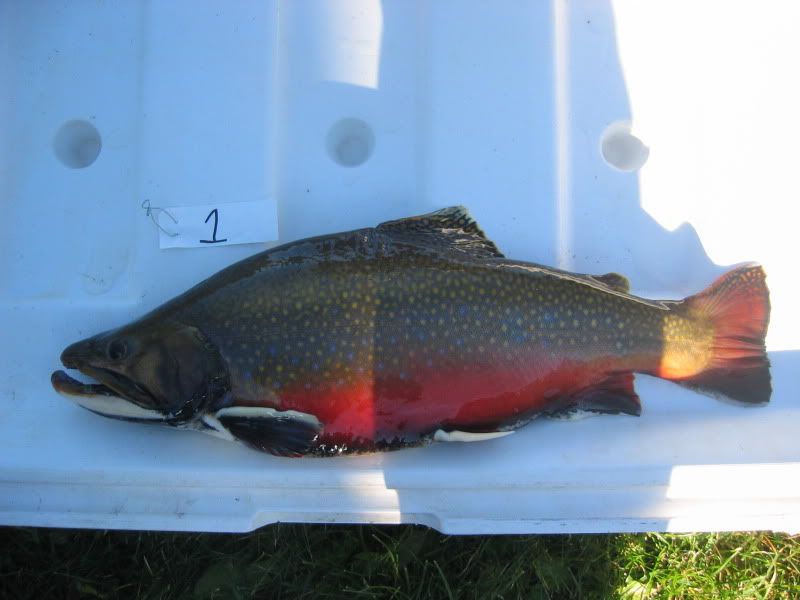
Edited by az9, 29 November 2009 - 09:25 PM.
Posted 29 November 2009 - 09:24 PM

Edited by az9, 29 November 2009 - 09:25 PM.
Posted 29 November 2009 - 09:51 PM
Posted 30 November 2009 - 12:01 AM
Posted 30 November 2009 - 08:56 AM
Posted 30 November 2009 - 09:22 AM
Posted 30 November 2009 - 11:23 AM
darters ... have a unique pigment system very different from other fishes.
Posted 30 November 2009 - 01:16 PM
Posted 30 November 2009 - 02:46 PM
Posted 30 November 2009 - 02:56 PM
This is the abstract from a Master's thesis by Richard Pearsall, "The Comparative Biochemistry of Darter Chromoprotein Pigments", at Duquesne University under the direction of Brady Porter. The fact that these pigments are flavoproteins rather than carotenoproteins is the key finding, since such pigments are unknown in other vertebrates. Apparently they are visible as different colors depending on their concentration, also somewhat different from more typical pigments.
Recent studies reveal the blue and green colorations found in the integument of many Percid fish called darters (genus Etheostoma) represent true pigments; apparently a novel type of vertebrate coloration. A comparative study to biochemically characterize the blue integumental pigment of the rainbow darter, Etheostoma caeruleum, and the green integumental pigment in the greenside darter, Etheostoma blennioides, is described. Both the pigments are extractable from their integument in aqueous solutions which indicates that they are not structural but true pigmentary colors. UV-Visible spectrometry, Proteinase K degradation experiments, and amino acid analysis confirm that both pigments are types of chromoproteins. Although both pigments are closely related, they appear to exhibit structural differences in molecular weight, banding pattern revealed via SDS-PAGE, and chromophore/protein association. Furthermore, these pigments appear to lack a metallic chrome and do not appear to be carotenoproteins. Their strong fluorescent qualities indicate they could be a type of flavoprotein.
Posted 30 November 2009 - 05:05 PM
Yeah, you have a point. From what I've seen, plant carotenoids are fairly well characterized (many, many) while they haven't been as thoroughly studied in animals. But I think the basic palette of chromataphore pigments is known for fishes; let's face it, darters are an obscure group in the big scheme of things and maybe especially for biochemists.At this time I would be slow to say the darters have a unique coloration system, except when compared to other more studied groups. I think it is very likely other fish groups, i.e. sunfishes, have a similar system in respect to blues, greens and some yellows. They just have not been studied yet.
Posted 30 November 2009 - 07:17 PM
Posted 30 November 2009 - 10:17 PM
After seeing that picture I may have to start! I have done a little research on the stuff and have pondered buying some and using it as a feed additive, but I have no firsthand experience.
Edited by az9, 30 November 2009 - 10:17 PM.
Posted 01 December 2009 - 07:21 PM

Edited by az9, 01 December 2009 - 07:26 PM.
Posted 01 December 2009 - 08:06 PM
Posted 02 December 2009 - 07:24 PM
For keeping your trout pond cool, how about hanging greenhouse shade cloth over a PVC or steel pipe frame, at least on the south side of the pond.

Edited by az9, 02 December 2009 - 07:27 PM.
0 members, 1 guests, 0 anonymous users